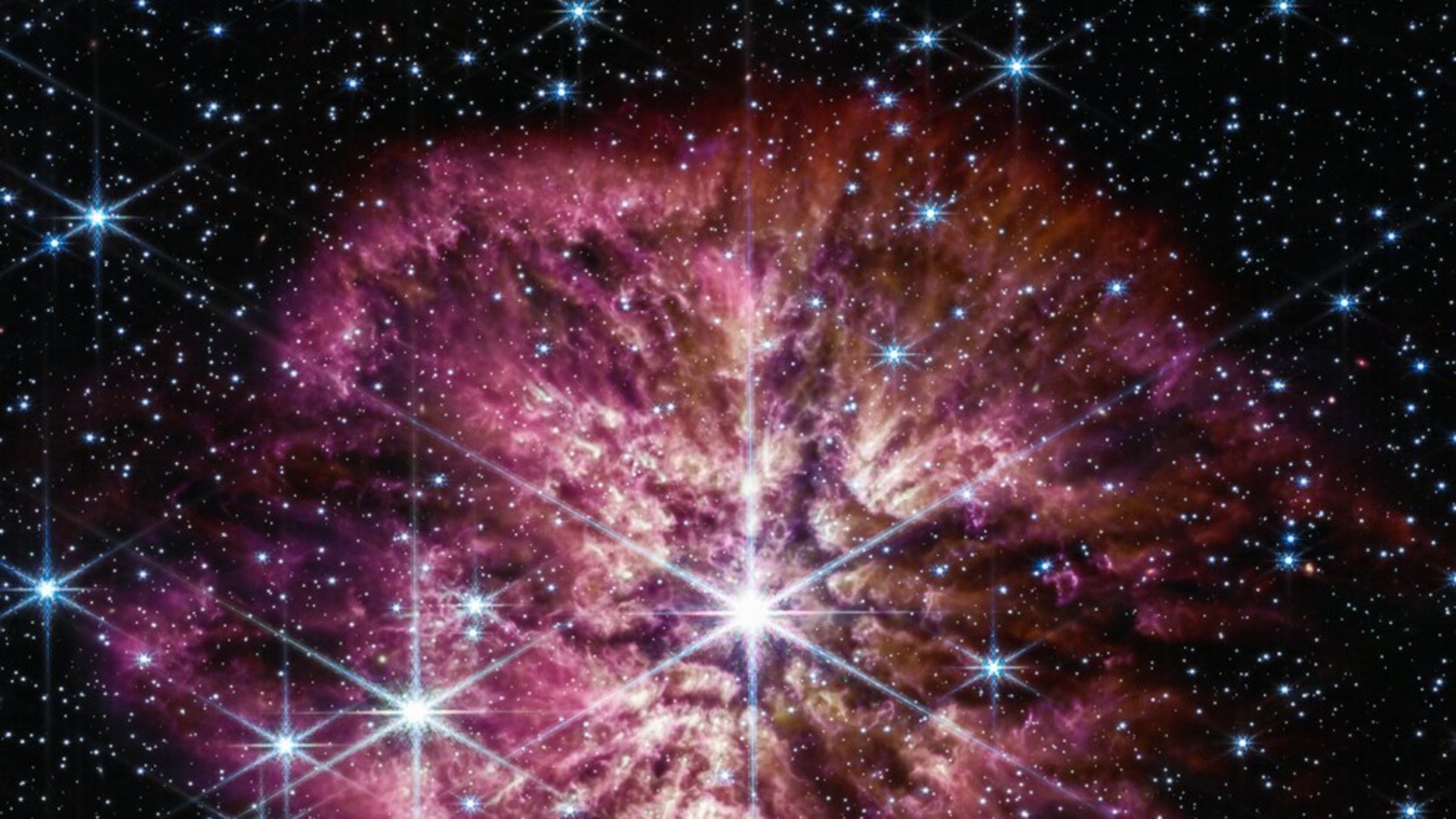James Webb Space Telescope unveils exotic 'Sand Rain' humongous planet 200 light years away
NASA's James Webb Telescope reveals distant planets with sand rain, scorching temperatures, and sulphur dioxide-scented winds, offering unprecedented insights into exotic worlds beyond our solar system.

In a new revelation, NASA's James Webb Space Telescope has uncovered the secrets of Wasp-107b, a distant planet located 200 light years away in the Virgo constellation. This extraordinary world, dubbed the 'candy floss' planet due to its large yet light structure, boasts an array of peculiar features, including sand rain, scorching temperatures, and sulphur dioxide-scented winds.
The "Candy Floss" Planet
Discovered in 2017 through periodic flickers of light from its host star, Wasp-107b has become the focus of attention for astronomers. The recent observations by the James Webb telescope provide an unprecedented glimpse into this exotic realm beyond our solar system. Silicate sand clouds, rain, and extreme atmospheric conditions characterise this distant planet, The Guardian reported.
Wasp-107b's Mystery
Professor Leen Decin of the Catholic Institute (KU) Leuven, the first author of the research, highlighted the limitations of our understanding of other planets, emphasising that our knowledge is predominantly Earth-centric.
Wasp-107b, nearly the size of Jupiter but with a mass akin to Neptune, presents a unique target for the James Webb telescope. Its expansive and diffuse nature allows the telescope to delve deep into its atmosphere. Dr. Joanna Barstow, a planetary scientist at Open University, expressed excitement over the unexpected quality of the data obtained from these observations.
Wasp-107b's Atmospheric Ballet
Published in Nature, the findings reveal evidence of water vapour, sulphur dioxide, and the identification of silicate sand as the chemical composition of clouds on Wasp-107b. The planet's atmosphere operates like a sand-infused water cycle, with microscopic sand grains cycling between solid and gaseous states.
While the hostile climate of Wasp-107b rules out its potential for life, the telescope's ability to scrutinise distant planets' atmospheres is crucial for future searches for biosignature gases that may indicate the presence of life. Professor Decin acknowledged the universe's many surprises and called for a broader imagination to explore alternative ways for life to form on distant planets, recognizing that life beyond Earth may manifest in ways vastly different from what we know.
Catch all the Latest Tech News, Mobile News, Laptop News, Gaming news, Wearables News , How To News, also keep up with us on Whatsapp channel,Twitter, Facebook, Google News, and Instagram. For our latest videos, subscribe to our YouTube channel.






























